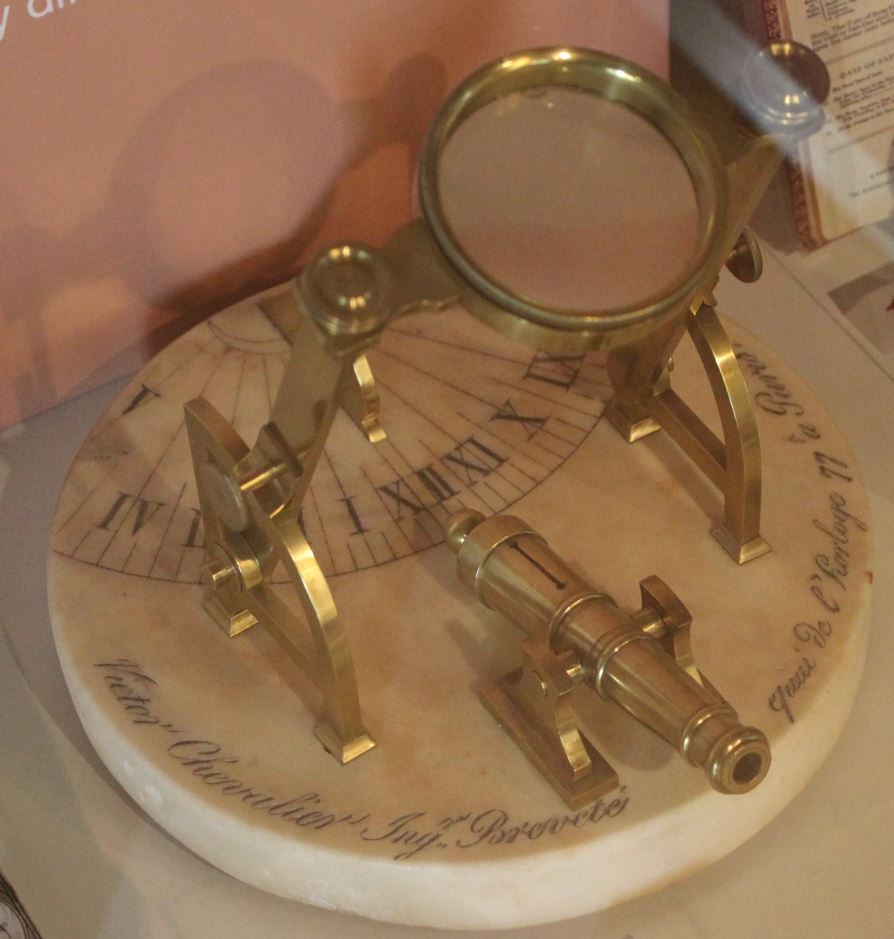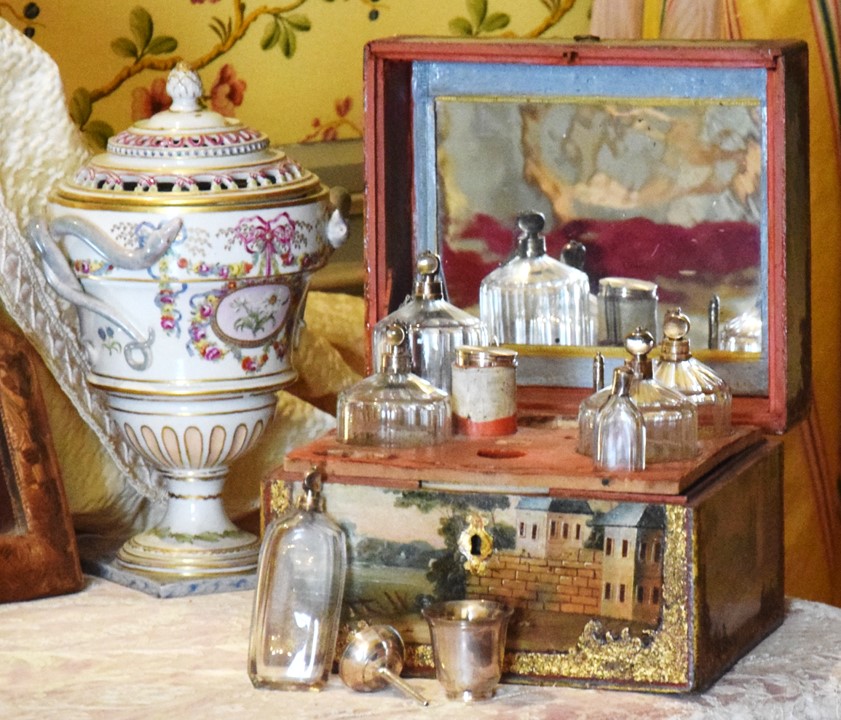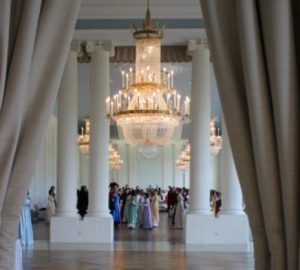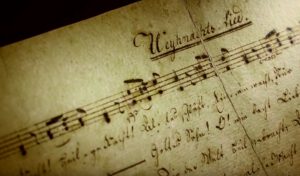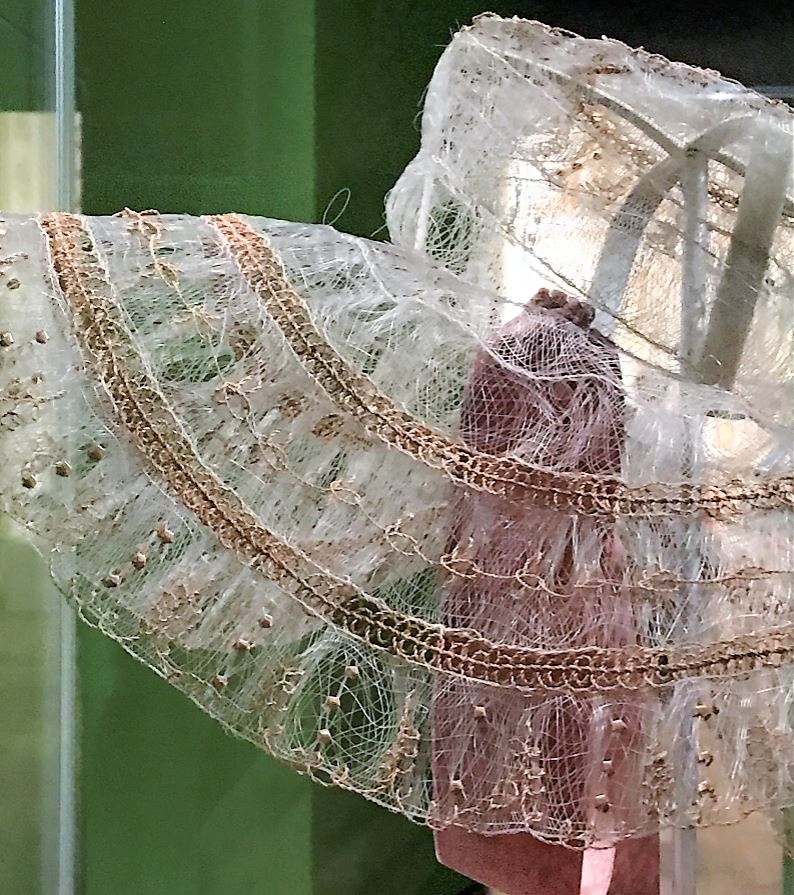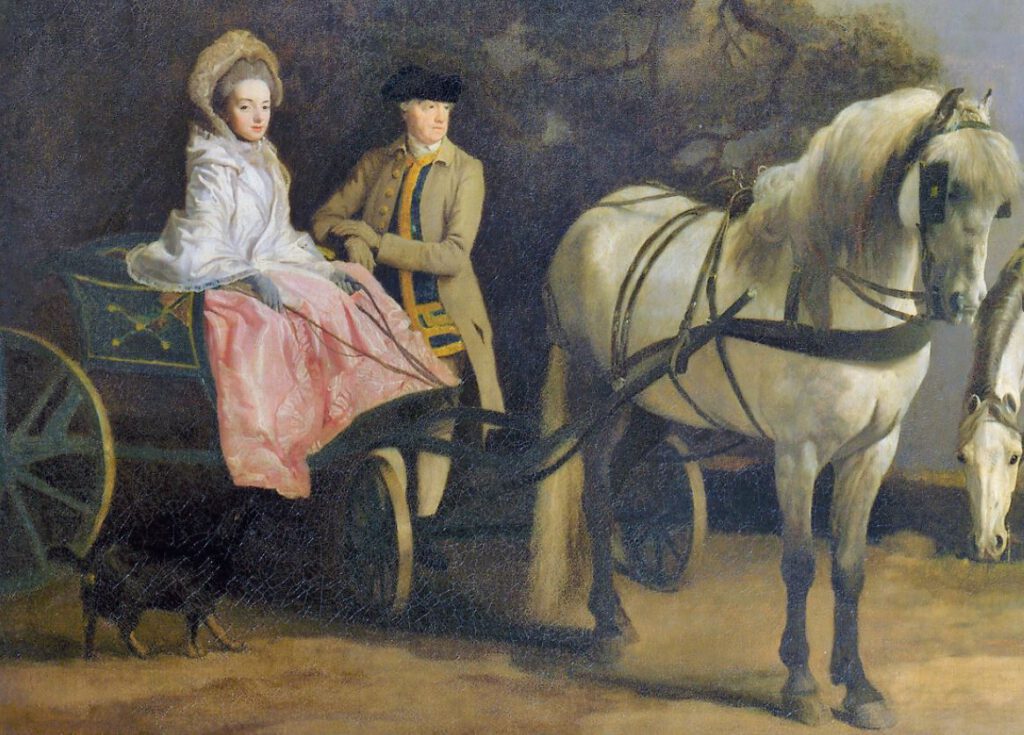
During the warm summer months, noble ladies had always enjoyed riding in a carriage driven by their cavalier. However, ladies took the reins in their own hands from the second half of the 18th century. Driving out in a park with an elegant pony, accompanied only by a lackey, created a new fashion in English aristocratic circles.
Continue reading


